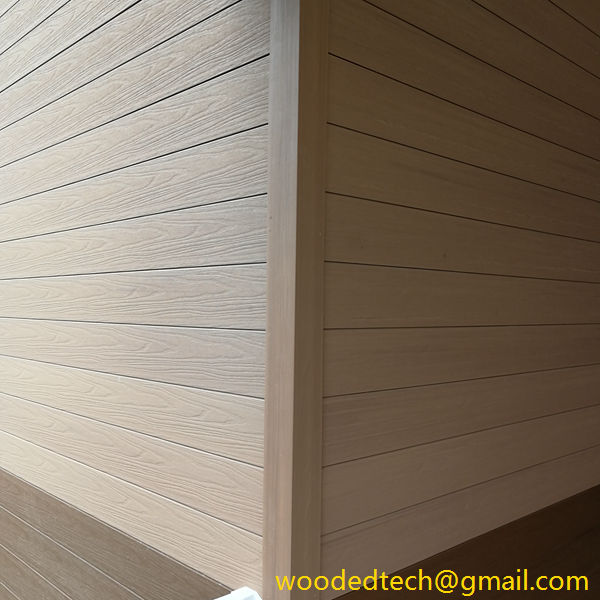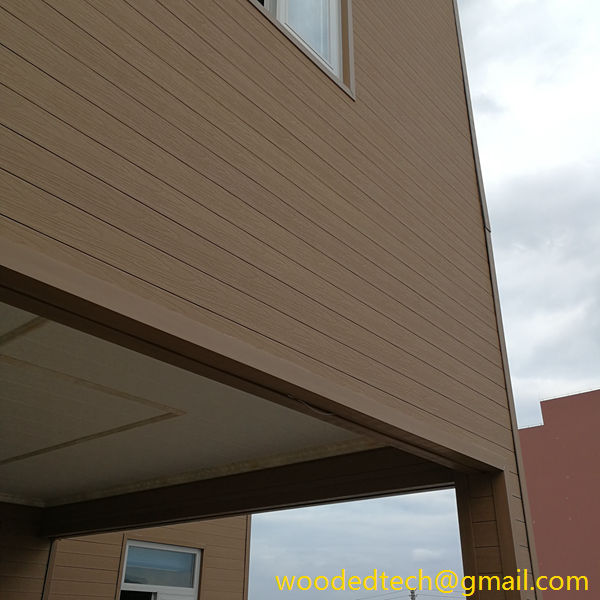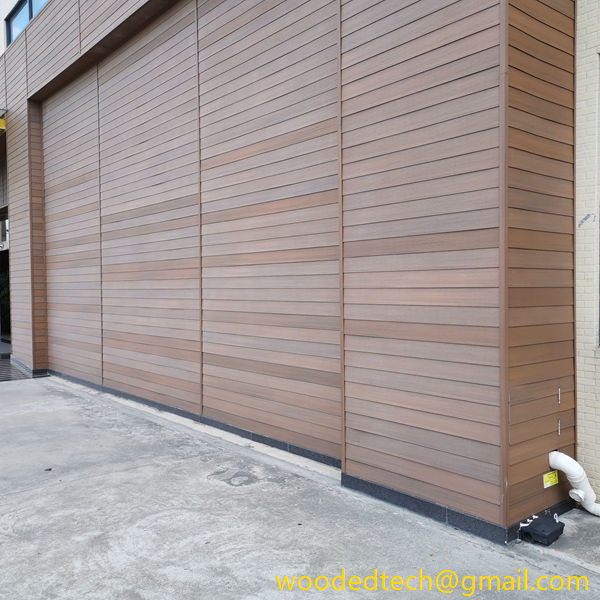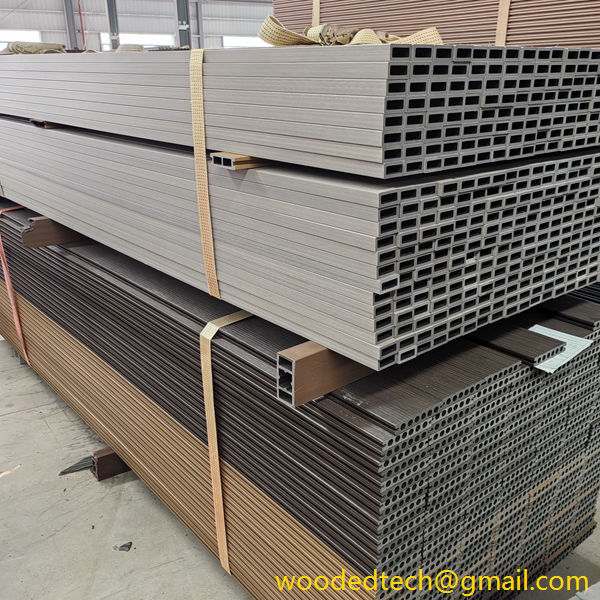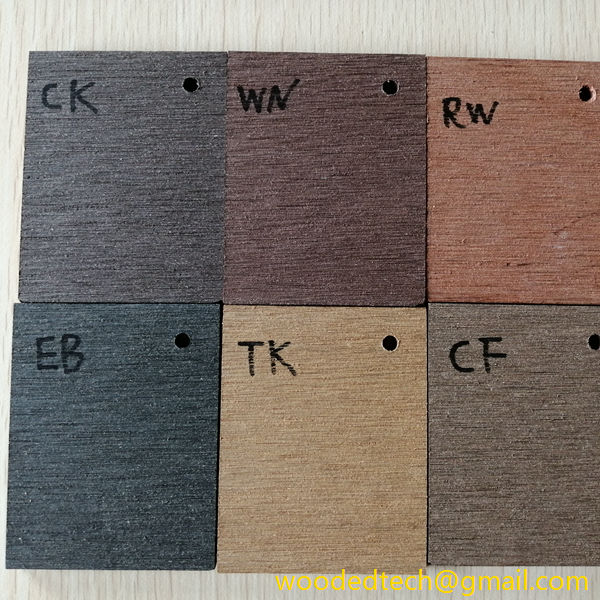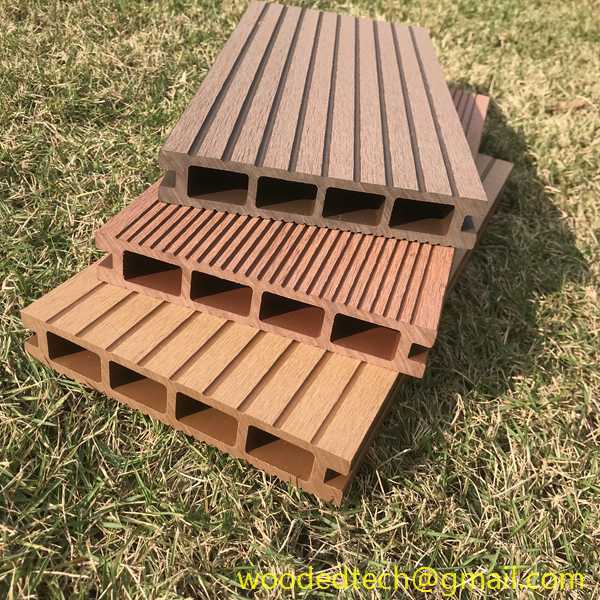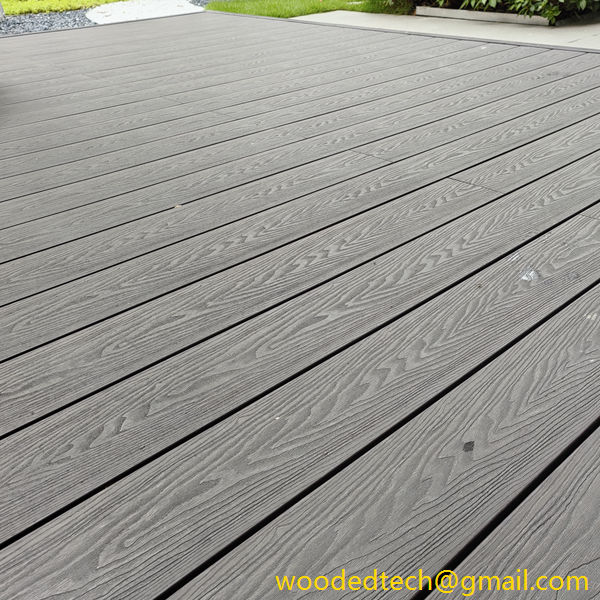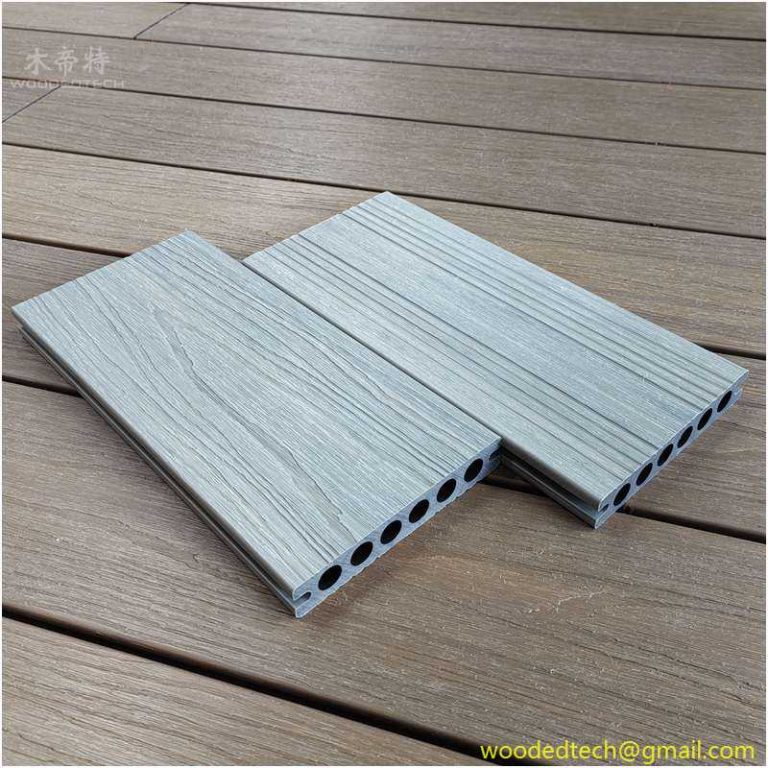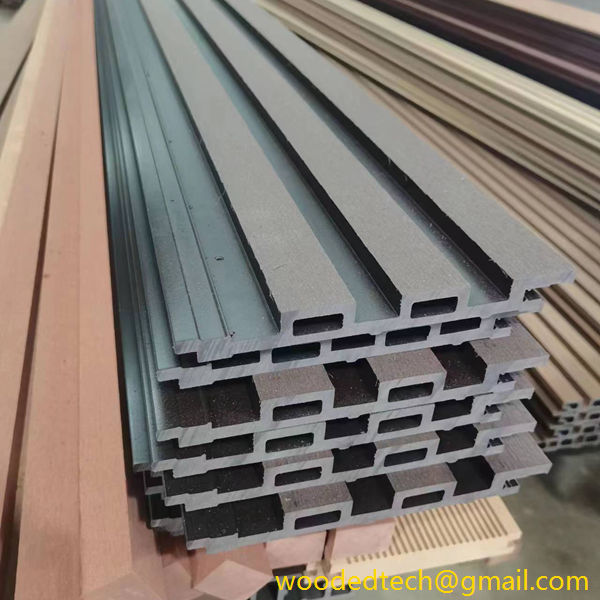The Benefits of WPC External Cladding for Weather Resistance and Aesthetic Appeal in Homes
Wood Plastic Composite (WPC) external cladding has gained significant popularity in recent years as a building material for residential homes. This surge in interest can be attributed to its numerous benefits, particularly in terms of weather resistance and aesthetic appeal. Understanding the production processes that contribute to these advantages can provide valuable insights into why WPC is increasingly favored among homeowners and builders alike.
The production of WPC involves the combination of wood fibers and plastic materials, typically recycled plastics, which are blended together in a specific ratio. This unique composition not only enhances the physical properties of the material but also addresses several concerns associated with traditional cladding options. The manufacturing process begins with the careful selection of wood fibers, which may come from sawdust or wood shavings. These fibers are then mixed with thermoplastics such as polyethylene or polypropylene, which are known for their durability and resistance to environmental factors.
One of the primary benefits of WPC external cladding is its exceptional weather resistance. Traditional wood cladding is often susceptible to moisture, leading to issues such as rot, warping, and decay over time. In contrast, WPC is engineered to withstand harsh weather conditions, including rain, snow, and extreme temperatures. The plastic component in WPC creates a barrier that prevents water absorption, significantly reducing the risk of damage. Furthermore, the manufacturing process incorporates additives that enhance the material’s resistance to UV radiation, thereby preventing fading and degradation due to sun exposure. This dual protection ensures that homes clad in WPC maintain their structural integrity and appearance for many years.
In addition to its weather-resistant properties, WPC external cladding offers significant aesthetic appeal. The material can be manufactured to mimic the look of natural wood, providing a warm and inviting appearance without the associated maintenance drawbacks. Advances in production technology allow for a variety of finishes and textures, enabling homeowners to choose from a wide range of styles that suit their architectural preferences. Whether one prefers a sleek modern look or a more rustic finish, WPC can be tailored to meet diverse aesthetic requirements.
Moreover, the production process of WPC allows for greater design flexibility compared to traditional materials. Since WPC can be molded into various shapes and profiles, it offers architects and builders the opportunity to create unique designs that enhance the overall visual impact of a home. The ability to customize colors and finishes further increases its appeal, allowing homeowners to achieve their desired look without compromising on performance. This versatility makes WPC an attractive choice for both new constructions and renovations.
Another significant advantage of WPC external cladding is its low maintenance requirements. Unlike traditional wood, which requires regular staining, sealing, and painting to protect against the elements, WPC is largely maintenance-free. A simple wash with soap and water is usually sufficient to keep it looking new. This not only saves time and labor for homeowners but also reduces long-term costs associated with upkeep. As modern lifestyles become increasingly busy, the appeal of low-maintenance materials cannot be overstated.
Sustainability is also an essential consideration in today’s building materials market, and WPC aligns well with eco-friendly practices. The use of recycled plastics in its production process helps reduce plastic waste, contributing to environmental conservation efforts. Additionally, WPC can be manufactured using sustainably sourced wood fibers, further enhancing its green credentials. By choosing WPC external cladding, homeowners can enjoy the benefits of a durable, aesthetically pleasing material while also making a responsible choice for the environment.
In summary, the benefits of WPC external cladding for weather resistance and aesthetic appeal in homes are numerous and compelling. Its unique production process results in a material that is not only durable and low-maintenance but also visually appealing and environmentally friendly. As more homeowners and builders recognize these advantages, it is likely that WPC will continue to gain traction as a preferred choice for external cladding in residential construction. By investing in WPC, homeowners can enjoy a long-lasting, beautiful exterior that stands up to the elements while contributing to a more sustainable future.

